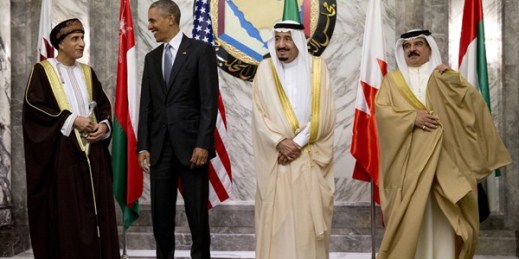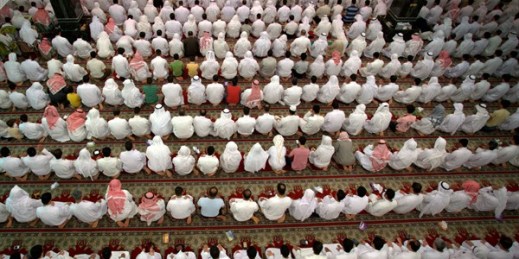
The readout from President Barack Obama’s trip last week to the Gulf reflects the ongoing strains in U.S. relations with the Gulf monarchs. Both sides share responsibility for the current state of affairs. And it will take time to shift perceptions in the region so that the ongoing cooperation that is taking place is viewed more positively. It is also worth considering the possibility that the growing independence of the Gulf Arab states and the redistribution of power in their relationship with Washington will have a long-term benefit that’s just hard to see right now. The coverage of Obama’s trip […]

